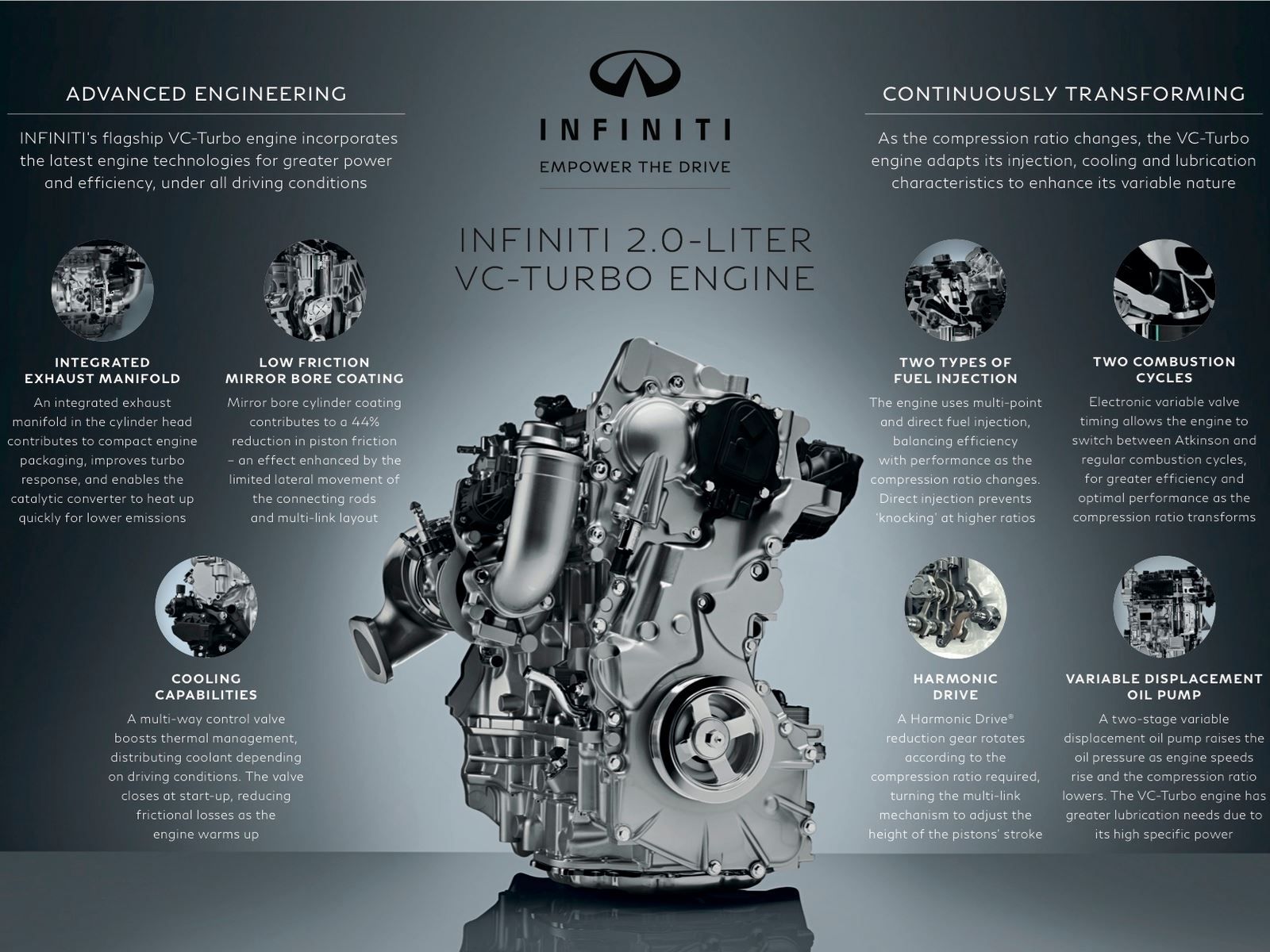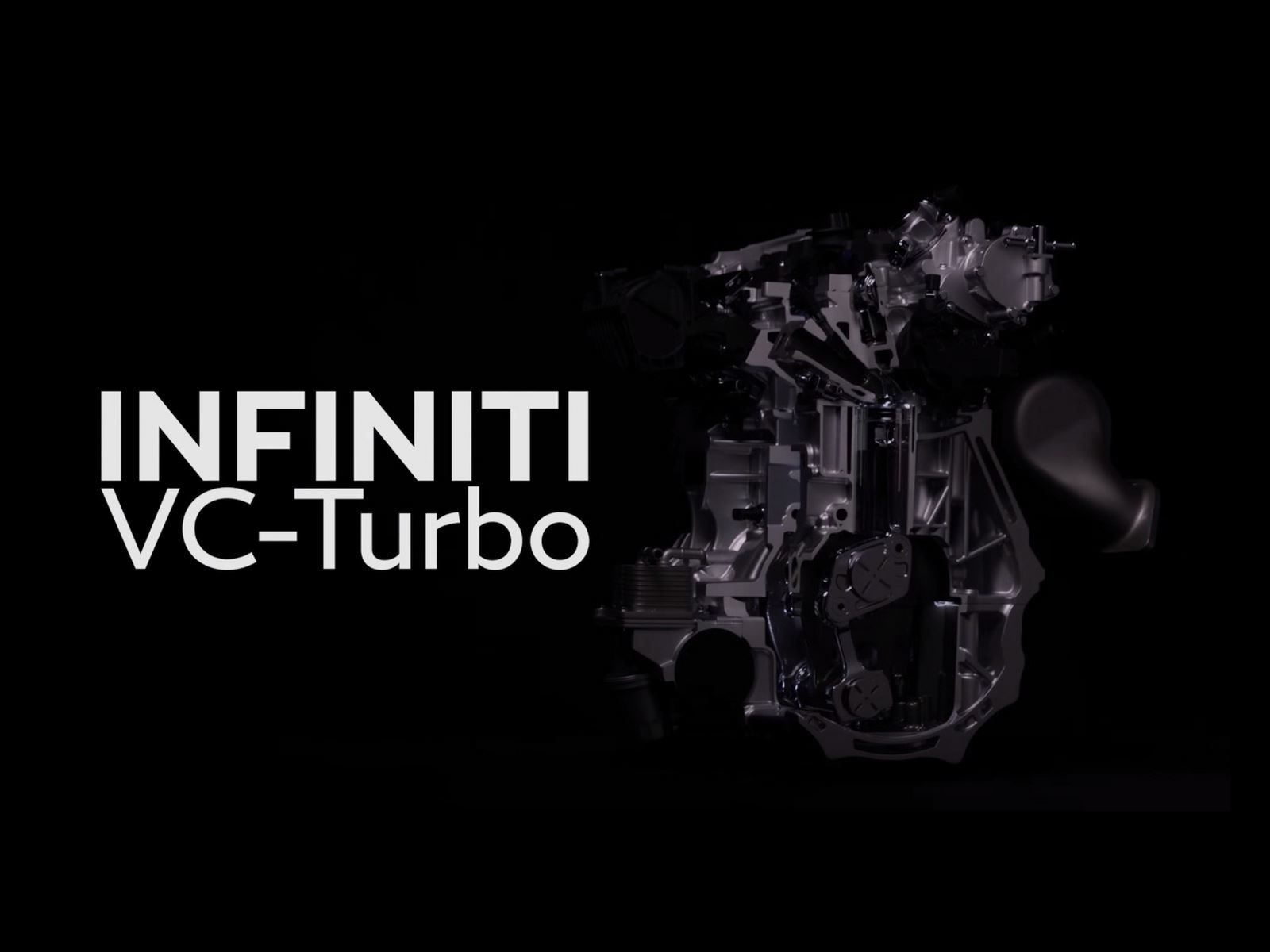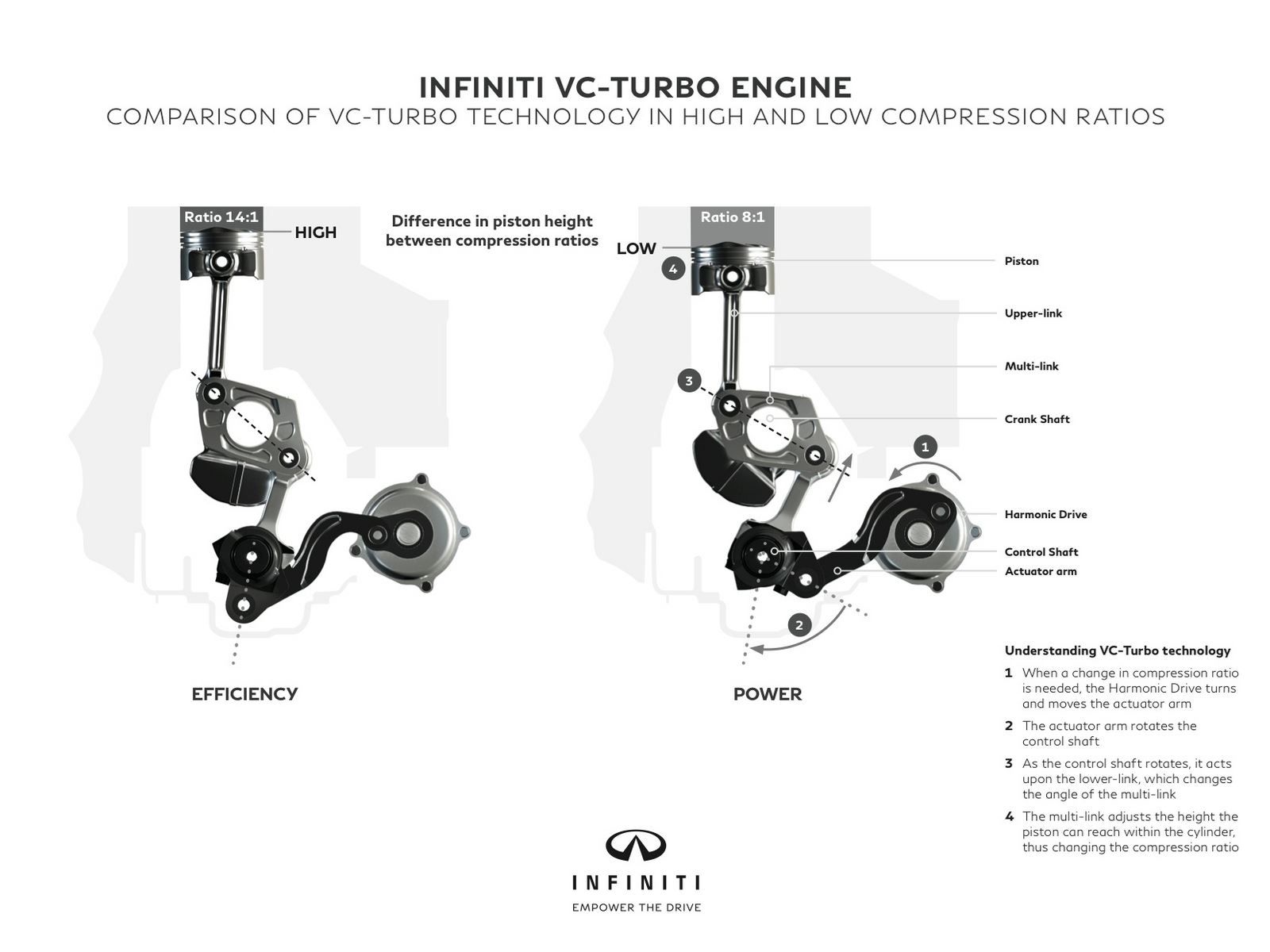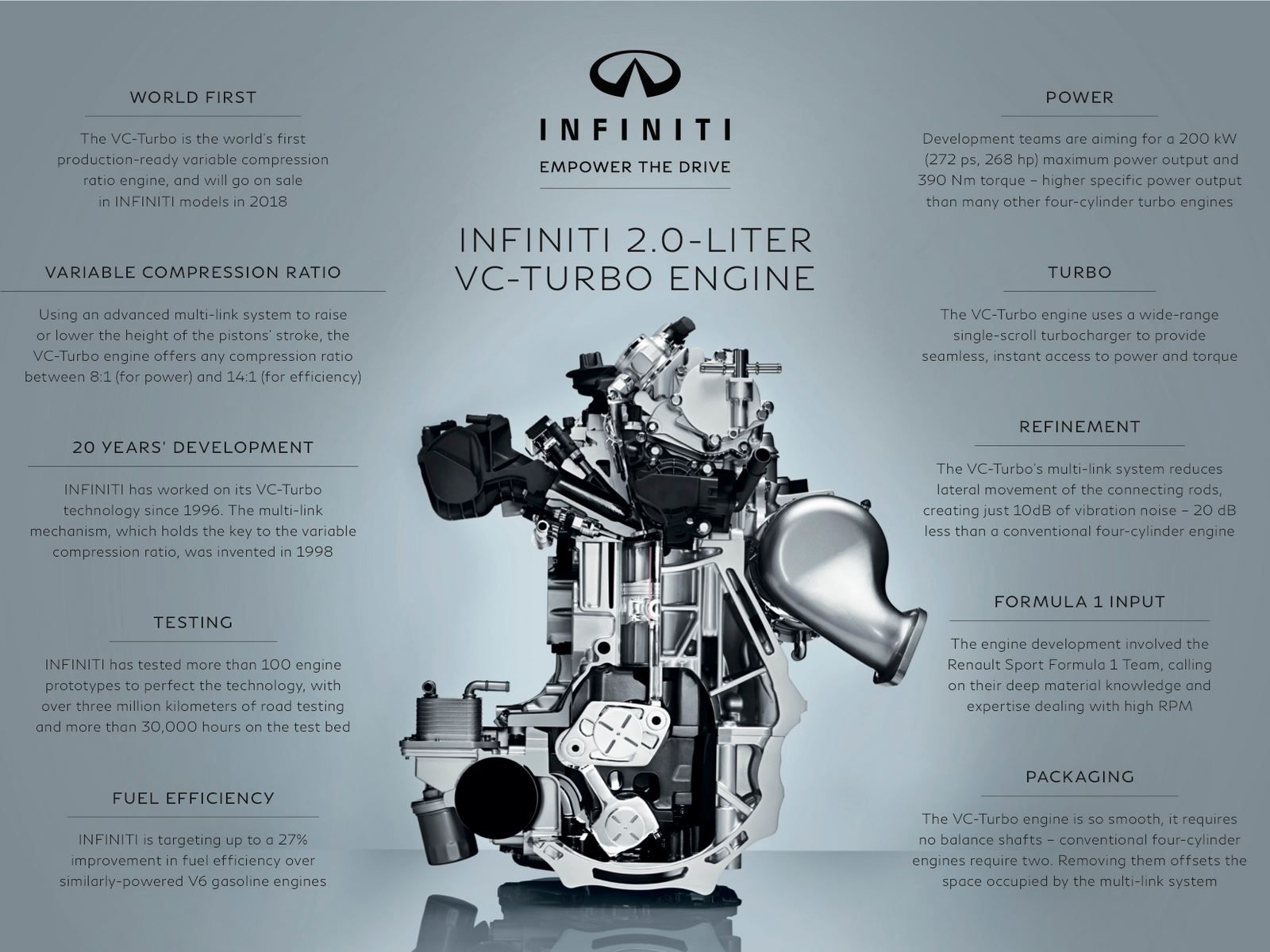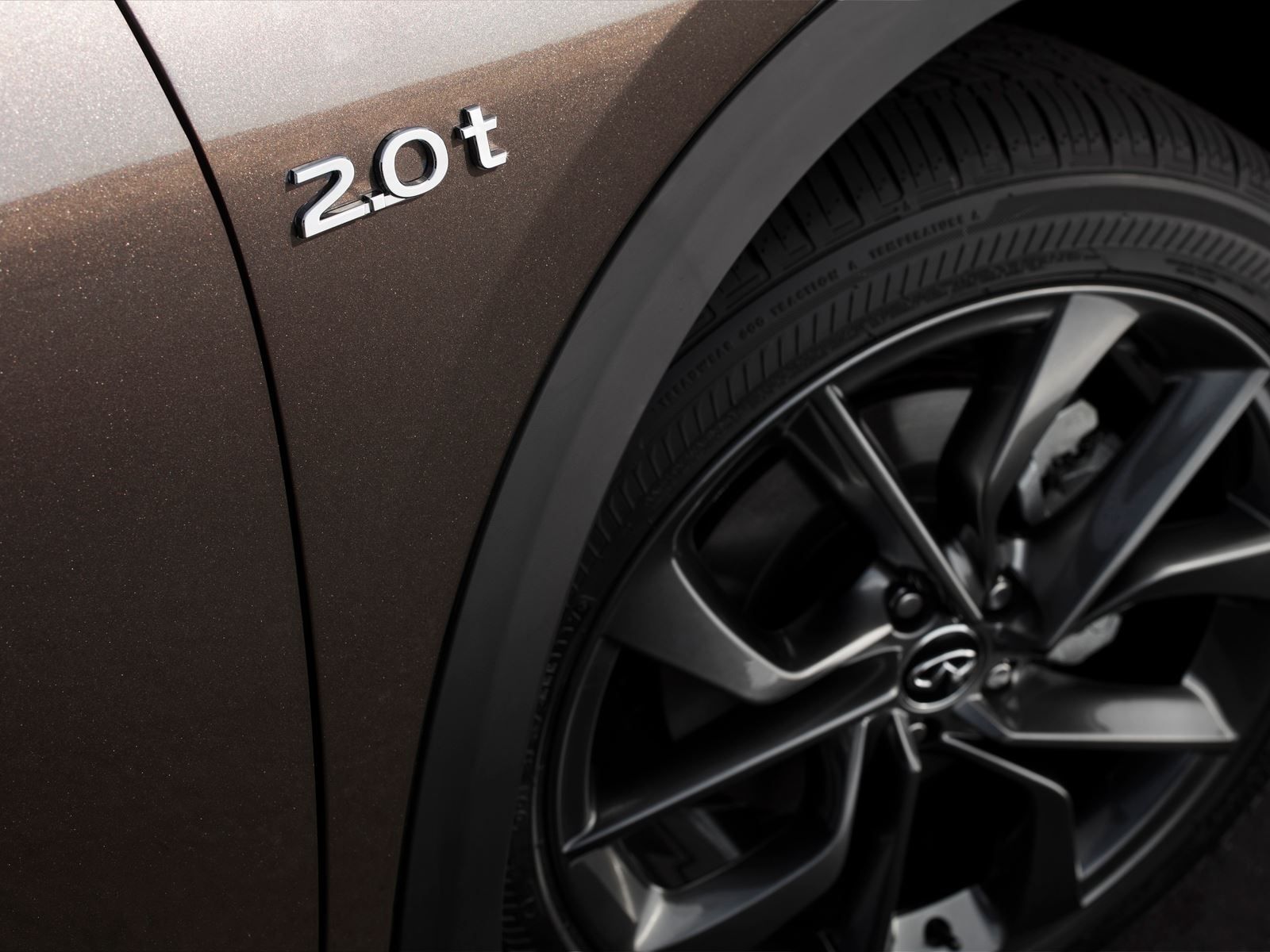
There's a reason it's called fossil fuel – archaic, out of date, and born of an era long, long ago. But while everybody tries to search for the next big advancement in alternative energy; be it hybrid, hydrogen, or electricity; there are still believers that the full potential of fossil fuels are yet to be realized. While Mazda pursues Skyactiv-X and the even more innovative Skyactiv-3, Nissan has taken another route entirely with its 'VC-Turbo' – or Variable Compression Turbo.
It gives gasoline the efficiency of diesel in the package of one of the most advanced combustion engines the world is yet to see. But why is it such big news? And what's the big deal about variable compression after all? Well you see, a compression ratio is the ratio that determines how much the fuel air mixture inside an engine's combustion chamber is compressed. The higher the compression ratio, the better for efficiency: at least in an ideal world, as fuel burns cleaner and you get more power out of every drop of fuel. Sounds great, right? Power is moderate at a high compression ratio, though for outright performance a low compression ratio generates more power and torque, at the expense of economy.
But in reality, if the compression is too high and the octane rating of the fuel is too low, a phenomenon known as engine knock can occur. Engine knock, or ping as it's also commonly known, is the early detonation of the air-fuel mixture in the combustion chamber – combusting due to compression and not due to spark. This causes problems in itself, including less power, and harsh vibrations that can damage the internal components of an engine. To get around this, most manufacturers recommend higher octane fuels, and they equip their vehicles with knock sensors. When knock/ping is detected, the engine's computer system will reduce fuel supply, retard ignition timing, or reduce the boost pressure the turbochargers are running at.
This reduces the chance of early ignition, but it also means that you don't get every pony available in the brochure. To that end, many manufacturers detune their engines for production – meaning that in an ideal world, these engines could actually produce far more power than they do. Imagine a reliable, efficient 2.0-liter engine generating as much power as a 3.0-liter? Long live the gasoline engine! That's why Nissan's Variable Compression-Turbo (VC-T) engine is such a big deal. It's tuned to a higher state than most engines. Nissan first launched this VC-T technology on a 2.0-liter 4 cylinder engine.
At this stage it develops 268 horsepower and 280 lb-ft of torque, which may not be mind blowing for a 2.0-liter when Mercedes-AMG draws nearly 400hp from its own 2.0-liter unit. But the power is regularly accessible, more reliably so, more consistently so. The engine is more resilient and knock-proof, thus meaning it can run at higher compression ratios without fear of a sudden bang and a mysterious hole in your wallet.
How Does VC-T Work? But how does Nissan's variable compression system work? The principle is simple – even if the execution took years of engineering development. A multi-link system with an electronic motor essentially adjusts the height the piston reaches at the top of the compression cycle, allowing it to either compress more (high compression, high efficiency) or less (low compression, more power, more reliability) depending on the requirements. The VC-T system can run with a minimum compression ratio of 8:1 and a maximum one of 14:1 – with the engine able to adjust infinitely to any small increment between the two limits.
Two Combustion Cycles But the compression isn't the VC-T's only superpower. It can also adjust on the fly between a regular combustion cycle and the Atkinson combustion cycle. Under the Atkinson combustion cycle, the air and fuel intakes overlap, allowing more time for the vaporized fuel to expand and fill the combustion chamber. When dissipated in this state, it burns cleaner, wasting less energy and producing fewer byproducts. Nissan's VC-T combines the Atkinson cycle with high compression to maximize efficiency to the point that they say it can rival or even beat the efficiency of a comparable diesel motor.
Multi-Point and Direct Injection There are other tricks up its sleeve though, such as a combination of MPI and GDI technologies. Multi-Point Injection (MPI), also known as port injection mixes air and fuel earlier, generating more power and producing a cleaner burn at low engine loads. GDI, or gasoline direct injection, improves performance and efficiency at higher loads, and also helps reduce the potential for engine knock at higher compression ratios. Two sets of injectors exist in the VC-T engine to allow both types of injection, and VC-T can switch between them or operate them simultaneously at high loads for maximum power, reliability, and efficiency.
Turbo-Boost! Of course the VC-T system also makes use of a turbocharger – a single scroll unit that allows the VC-T engine to achieve the power outputs of a larger displacement and configuration engine. The turbo pairs with an electronically actuated wastegate that continually adjusts to monitor and control the flow of exhaust gases, minimize turbo lag, and maximize efficiency by maintaining pressure when needed, or releasing it when not.
Superbly Balanced But wait, there's more. Traditionally, a 4-cylinder engine requires a balancing shaft to stop vibrations through the crankshaft. But not VC-T; the same multi-link system that enables the compression ratios to be adjusted on the fly also acts as a damper due to the way it adjusts the crankshafts position and rotation, resulting in a more fluid, precise reciprocating piston movement. Not only does the reduced vibration reduce the wear and tear on the engine over time, but it also results in lower engine noise and general vibrations though the engine to the chassis.
In the Infiniti QX50, where Nissan has first deployed the VC-T engine, an active engine mount vibration damping system has been employed. What little vibrations remain are quickly absorbed here, meaning the VC-T offers unrivalled low levels of NVH (Noise, Vibration, and Harshness) and reducing noise by 9 decibels compared to traditional engines. Where other manufacturers work on merely one or two innovations, Nissan has gone off the reservation and implemented a bucket load of them.
The Engine of the Future? On their own, most of them would only make a small difference, but together they combine to create the next generation of gasoline combustion engines. Variable combustion was previously a pipe dream – an enticing thought to engineers but one they were unable to effectively produce. No more is this the case. But it begs just one question… Between Nissan's VC-T technology and Mazda's Skyactiv-X, which is the engine of the future? Time will surely tell, but until then, Nissan is proving that perhaps fossil fuel engines aren't all that archaic after all.



